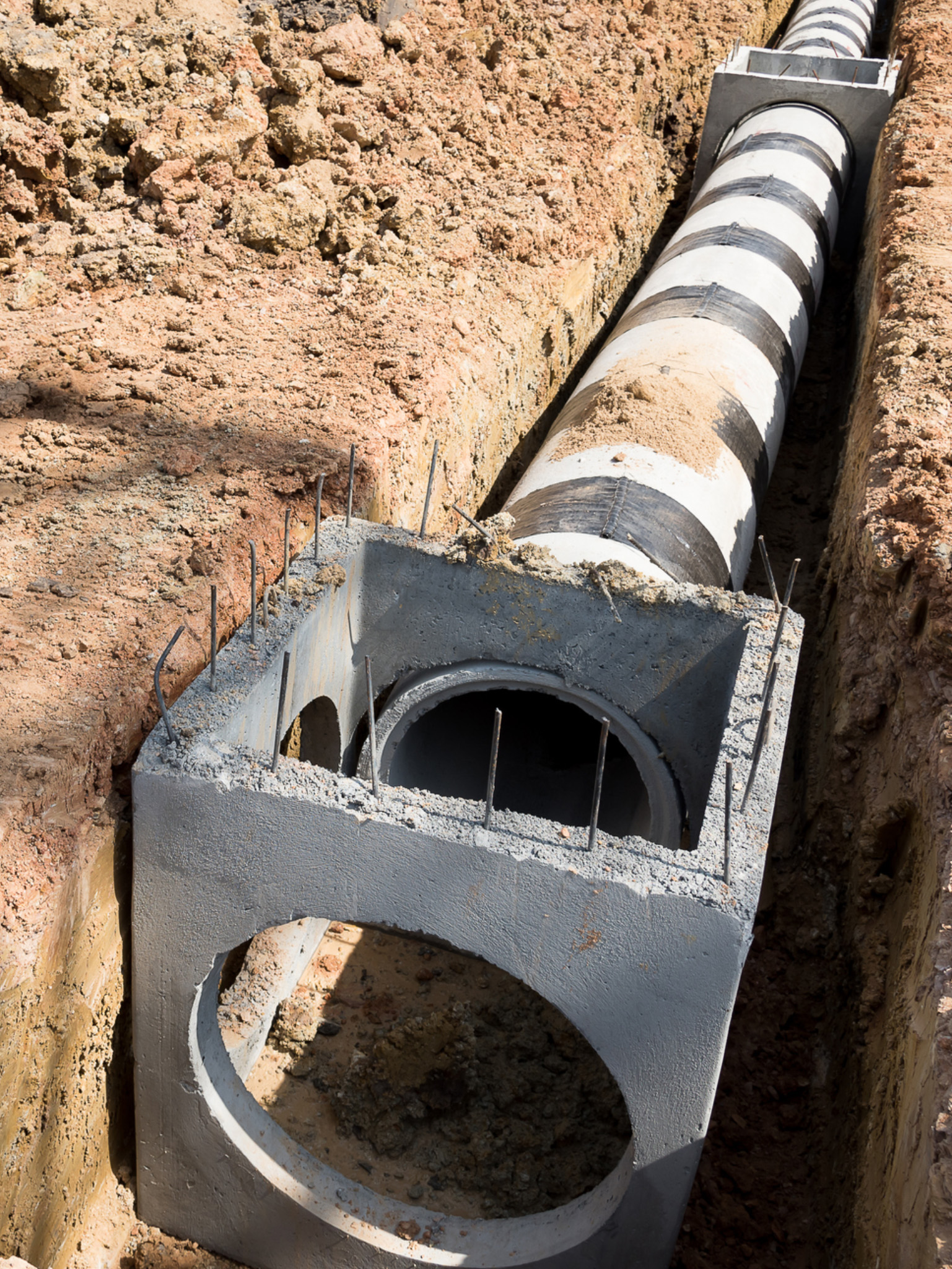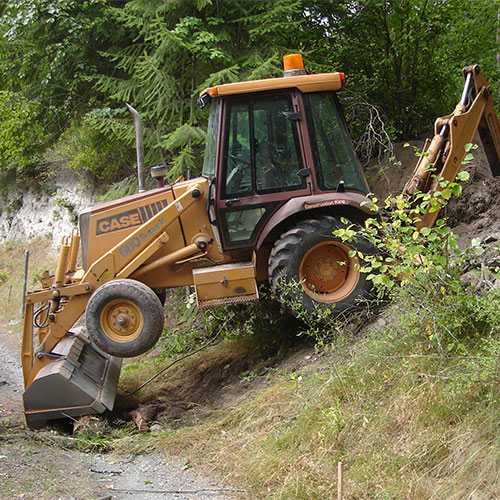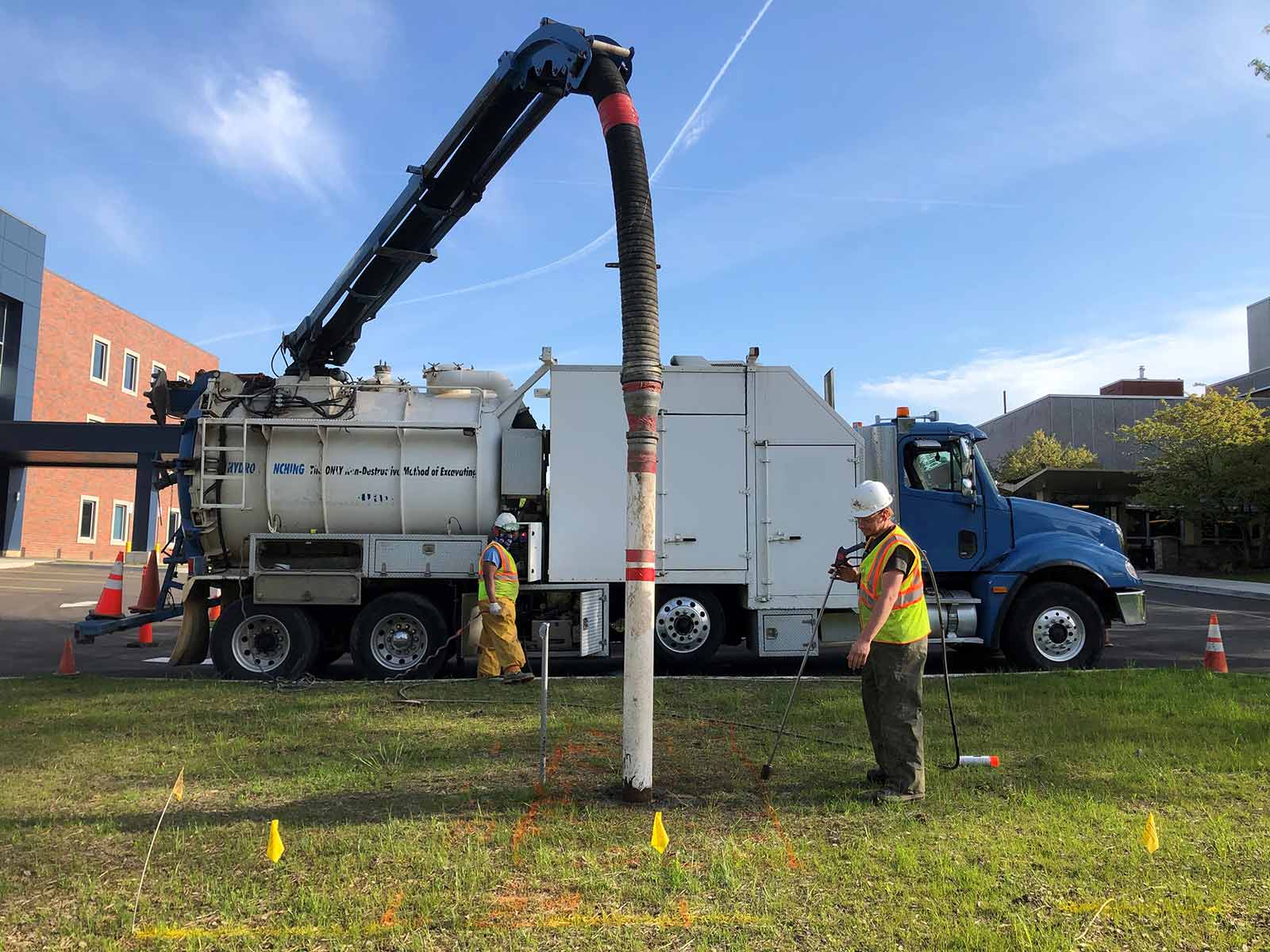Expert Septic Ohio - Trusted Septic System Experts in Ohio
Expert Septic Ohio - Trusted Septic System Experts in Ohio
Blog Article
Comprehensive Exploration: The Scientific Research Behind Superior Excavation Practices
From ancient hand tools to modern hydraulic excavators, the evolution of excavation strategies has been a testimony to human resourcefulness and technological developments. What absolutely sets premium excavation practices apart is a deep understanding of geological concepts, coupled with the usage of sophisticated tools and approaches.
Development of Excavation Strategies
Throughout history, the advancement of excavation strategies has actually played an essential duty beforehand building practices and archaeological discoveries. From the rudimentary tools made use of by our ancestors to the sophisticated machinery utilized in modern-day times, the development of excavation methods has dramatically changed exactly how we approach different projects.
In old times, manual labor with standard tools such as shovels, pickaxes, and wheelbarrows was the main approach of excavation. This labor-intensive procedure restricted the deepness and scope of excavations, typically leading to sluggish progress and restricted accessibility to specific sites. However, as people advanced, so did the devices and techniques made use of for excavation.
The Industrial Change noted a transforming factor in excavation experiment the intro of steam-powered machinery. This innovation reinvented the field, permitting faster and much more considerable excavations. In modern times, technology plays a critical function in excavation, with innovations like GPS systems, drones, and 3D scanning enhancing accuracy and effectiveness in the area. The evolution of excavation methods remains to form the means we construct, check out, and understand the globe around us.
Duty of Technology in Excavation

The integration of advanced modern technology has actually basically reinvented the area of excavation, boosting precision and efficiency to extraordinary levels - lancaster trenching. One of the essential technical developments that has actually dramatically affected excavation practices is the usage of GPS systems.
In addition, the development of 3D modeling and simulation software has structured the planning process for excavation jobs. Designers and drivers can currently envision the entire excavation procedure prior to beginning, recognizing potential difficulties and enhancing process. In combination with this, the application of drones in excavation activities has helped with airborne studies, volumetric measurements, and website evaluations with unmatched speed and accuracy.
Geological Principles in Excavation
An understanding of geological concepts is crucial for guaranteeing the architectural stability and stability of excavation sites. Geological aspects play a critical role in figuring out the usefulness and safety and security of excavation jobs (lancaster trenching). One essential geological concept to take into consideration is the kind of soil or rock existing at the site. Various soil kinds, such as sand, clay, or crushed rock, have varying levels of security and need different excavation methods. For circumstances, cohesive soils like clay may require extra assistance to avoid collapses, while sandy soils might be vulnerable to disintegration during excavation.
Furthermore, the geological framework of the location, including faults, fractures, and rock developments, have to be very carefully examined to determine possible dangers and obstacles. Digging deep into near fault lines or unpredictable rock developments can lead to instability and potential dangers. By conducting thorough geological studies and analysis, designers and excavators can develop methods to alleviate dangers and ensure the successful completion of excavation jobs. Eventually, incorporating geological concepts into excavation practices is crucial for accomplishing safe, effective, and lasting outcomes.

Most Recent Tools for Excavation
In the world of excavation techniques, contemporary technologies in tools have reinvented the effectiveness and precision of excavation processes. Among the most recent tools making waves in the pop over to these guys industry is using drones geared up with innovative imaging innovation. These drones can provide in-depth airborne surveys of excavation websites, offering real-time data on topography and potential risks. This info help in far better planning and decision-making throughout the excavation procedure.
An additional cutting-edge tool obtaining popularity is the implementation of 3D printing modern technology for developing custom excavation equipment. This permits the production of specialized devices that are customized to the certain needs of a project, increasing performance and lowering downtime.
Moreover, developments in materials science have actually brought about the growth of stronger and much more long lasting excavation devices. septic ohio. Tungsten carbide-tipped excavator accessories, for example, offer premium efficiency in challenging ground conditions, boosting efficiency on-site
Scientific research's Impact on Excavation Practices

Furthermore, innovations in materials science have led to the production of more powerful, a lot more resilient excavation tools and tools. For example, using composite materials in shovels and diggers has boosted their performance and long life, inevitably increasing efficiency on excavation sites. In addition, scientific research study on soil auto mechanics and geotechnical engineering has offered valuable understandings right into dirt behavior, permitting excavation experts to make enlightened choices pertaining to excavation informative post techniques and soil stablizing strategies. Generally, scientific research remains to drive advancement and enhancement in excavation techniques, making excavation tasks a lot more effective, affordable, and lasting.

Final Thought
To conclude, the development of excavation techniques has been greatly affected by advancements in innovation and a deeper understanding of geological concepts. The most up to date tools and equipment used in excavation have actually boosted effectiveness and accuracy in the area. The application of clinical knowledge has actually considerably improved excavation techniques, resulting in extra efficient and sustainable approaches for digging deep into different kinds of materials.
In the realm of excavation methods, contemporary technologies in devices have revolutionized the performance and accuracy of excavation procedures. By leveraging clinical principles, the excavation market has actually been able to considerably improve effectiveness, precision, and security in excavation processes. GPR permits excavation teams to non-invasively scan and map subsurface structures, that site utilities, and potential threats, allowing them to intend excavation jobs with greater precision and decreased risk of crashes.
Furthermore, scientific study on dirt technicians and geotechnical design has provided beneficial insights right into soil actions, enabling excavation specialists to make enlightened choices regarding excavation methods and soil stablizing methods. Generally, scientific research proceeds to drive advancement and renovation in excavation practices, making excavation tasks much more reliable, affordable, and lasting.
Report this page